
If Your Nails Show These 6 Signs, See a Doctor Immediately
When most people think of nails, they consider them primarily as tools for fashion or hygiene. From trendy manicures to nail art, nails are a staple in the beauty world. But beneath the polish lies a silent messenger: your nails are a powerful indicator of your internal health. Changes in their color, texture, and shape can often be the earliest signs of systemic health issues, some of which may require immediate medical attention.
In fact, dermatologists and internal medicine specialists have long observed how nails can reflect deficiencies, organ dysfunction, or chronic illness. As Dr. Phoebe Rich, clinical adjunct professor of dermatology at Oregon Health & Science University, explains: “Your nails are an extension of your skin and a window into your overall health. Subtle changes can indicate serious conditions.”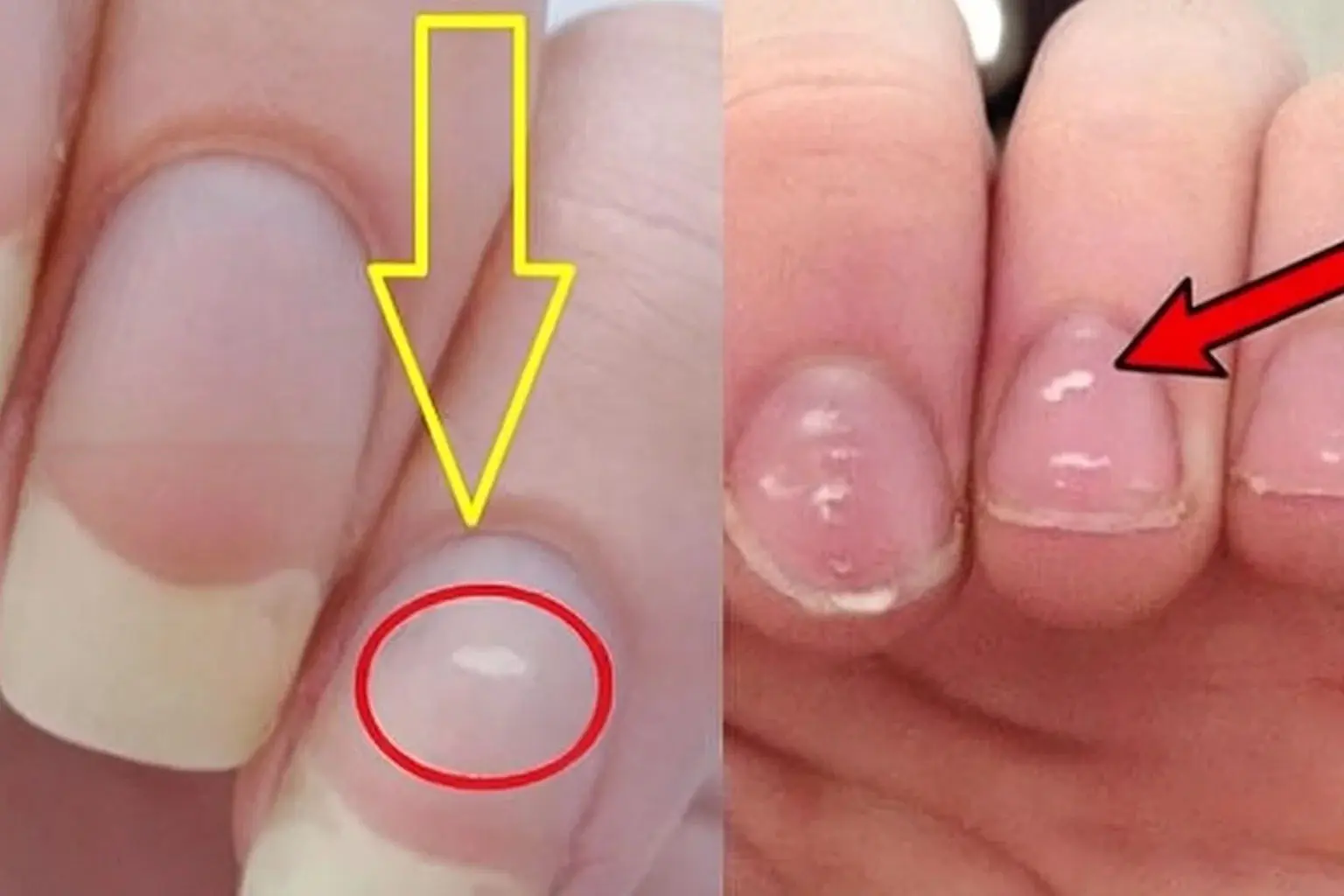
Below, we explore 6 critical signs your nails may be showing - and what your body might be trying to tell you.
1. Yellow Nails
A common culprit behind yellow nails is a fungal infection, which thickens the nail and gives it a yellow hue. However, yellowing can also stem from smoking, lung diseases, or even the prolonged use of low-quality acrylic nails or polish. In rare cases, yellow nail syndrome may occur, which is associated with respiratory disorders and lymphatic drainage problems.
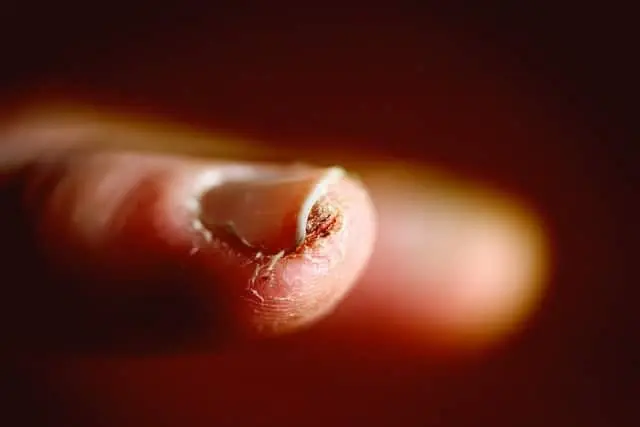
2. White Nails with Pink Tips (Terry’s Nails)
When nails appear mostly white with a narrow pink band at the tip, it could be more than just a cosmetic change. Known as Terry’s Nails, this sign may suggest:
- Heart failure
- Kidney disease
- Liver cirrhosis
- Diabetes
- Or simply aging
Terry’s nails can sometimes occur in healthy older adults, but when accompanied by other symptoms, they warrant a closer medical evaluation.
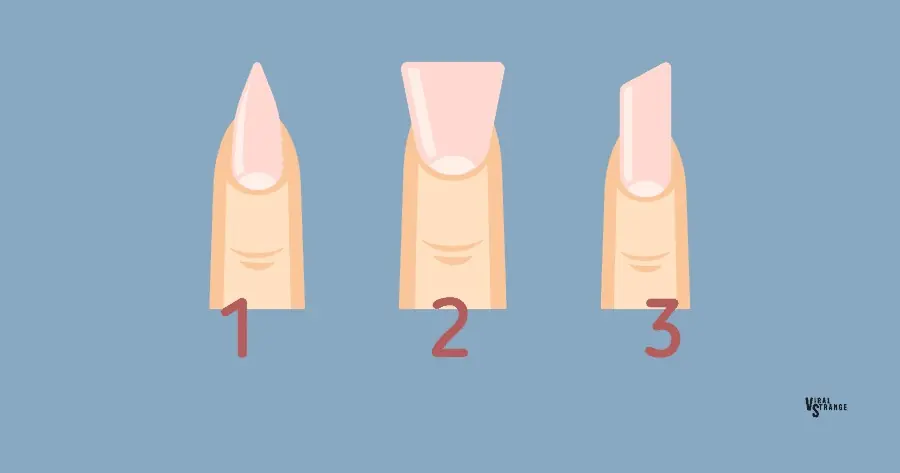
3. Extremely Pale Nails
Very pale nails, especially when they lack a healthy pinkish tone, may point to nutritional deficiencies like iron, vitamin B12, or folate. This discoloration is often linked to:
- Anemia
- Poor circulation
- Shock
- Congestive heart failure
Such nails should not be ignored, especially if you’re experiencing fatigue or dizziness.
4. Dark Red or Purple Nails
Nails with a dark red or purplish tint may signal cardiovascular concerns. This includes:
- Heart disease
- Poor circulation
- Autoimmune diseases, like lupus, especially if redness spreads to the cuticles
“The capillaries under the nails offer a close view of microvascular health,” says Dr. John Anthony, a dermatologist at the Cleveland Clinic.
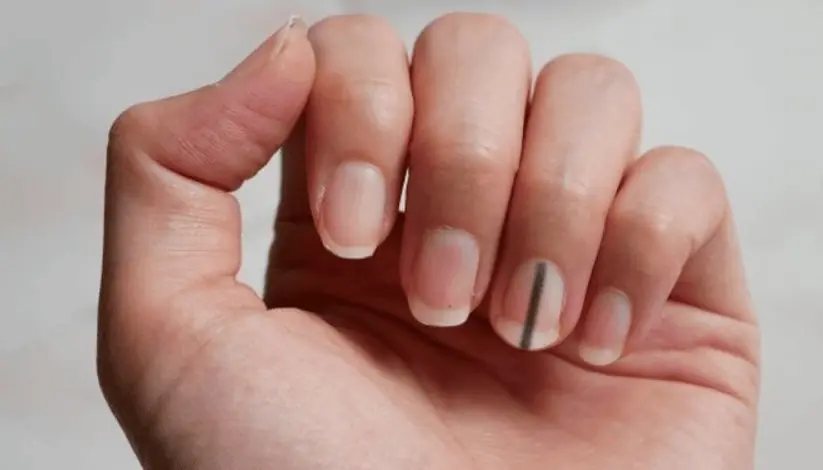
5. Bluish or Purple Nails
A bluish hue often suggests oxygen deficiency. This could be due to:
- Lung conditions, such as emphysema, COPD, or asthma
- Heart conditions, including congenital heart defects
If you notice your nails turning blue or purple - particularly when accompanied by shortness of breath or chest discomfort - seek medical attention immediately.
6. Unusual Nail Colors
Other color changes to watch for:
- Brown nails may point to thyroid dysfunction or malnutrition
- Gray nails can result from certain medications, such as anti-malarials or chemotherapy drugs
- Green nails may indicate bacterial infections, particularly Pseudomonas
Nail Texture and What It Reveals
It’s not just color - texture matters too. Healthy nails should be smooth, consistent, and slightly curved. Unusual textures can be a red flag for deeper issues.
- Brittle or Splitting Nails
Frequent breaking, splitting, or peeling may signal:
- Hypothyroidism
- Vitamin deficiencies, especially biotin (B7), vitamin A, and vitamin C
- Excessive exposure to water or harsh nail polish removers
- Vertical Ridges
Mild vertical ridges are normal with age, but prominent ridges at a young age can signal vitamin B12 or magnesium deficiency.
- Horizontal Ridges (Beau’s Lines)
These deep, horizontal grooves can develop after physical or emotional stress that halts nail growth, such as:
- Severe infections
- High fever
- Uncontrolled diabetes
- Trauma or chemotherapy
- Nail Pitting
Tiny dents in the nail surface often relate to:
- Psoriasis
- Eczema
- Alopecia areata
- Connective tissue disorders, including inflammatory arthritis
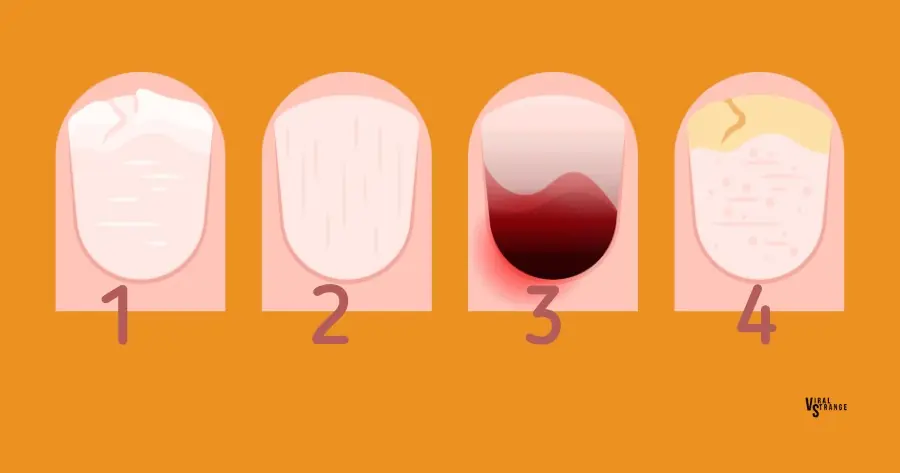
Growth-Related Nail Disorders
Abnormal nail growth or changes in curvature can also provide vital clues.
- Spoon Nails (Koilonychia)
If your nails curve upward like a spoon, it may indicate:
- Iron-deficiency anemia
- Hemochromatosis (iron overload)
- Heart disease
- Circulatory problems
- Nail Clubbing
When nails become rounded and the fingertips enlarge, it's often a sign of:
- Chronic low blood oxygen, linked to lung diseases like cancer or bronchiectasis
- Liver and kidney disorders
- Inflammatory bowel disease
- AIDS
- Nail Detachment (Onycholysis)
When the nail separates from the nail bed, it could signal:
- Hyperthyroidism
- Fungal infection
- Psoriasis
- Poor circulation
- Amyloidosis (a rare protein disorder)
Other Concerning Features
- Dark Vertical Lines
These may represent subungual melanoma, a dangerous form of skin cancer. Immediate evaluation is essential if the line:
- Appears suddenly
- Widens
- Darkens
- Extends into the surrounding skin
- White Stripes (Mees’ Lines)
These transverse white lines are commonly associated with:
- Heavy metal poisoning (like arsenic or thallium)
- Protein deficiency
- Kidney failure
- Red, Puffy Skin Around the Nail
This inflammation is often caused by:
- Paronychia (a bacterial or fungal infection)
- Connective tissue diseases, such as lupus or dermatomyositis
Natural Remedy for Healthier Nails
While many nail issues require medical attention, you can promote healthy nails with a simple at-home oil blend:
Ingredients:
- 4 oz jojoba oil
- 4 oz vitamin E oil
- 3 oz avocado oil
- 2 oz grapeseed oil
- 2 oz sweet almond oil
Instructions:
Massage this mixture into your cuticle area daily, especially after hand washing or exposure to water. This blend hydrates, softens, and nourishes both your nails and surrounding skin, promoting stronger, more resilient nail growth.
Final Thoughts
Your nails aren’t just there for decoration - they’re a window into your health. Sudden or persistent changes in their color, shape, or texture should never be ignored. While some alterations may be harmless, others could be early warnings of serious health conditions. When in doubt, it’s best to consult with a healthcare professional or dermatologist.
News in the same category

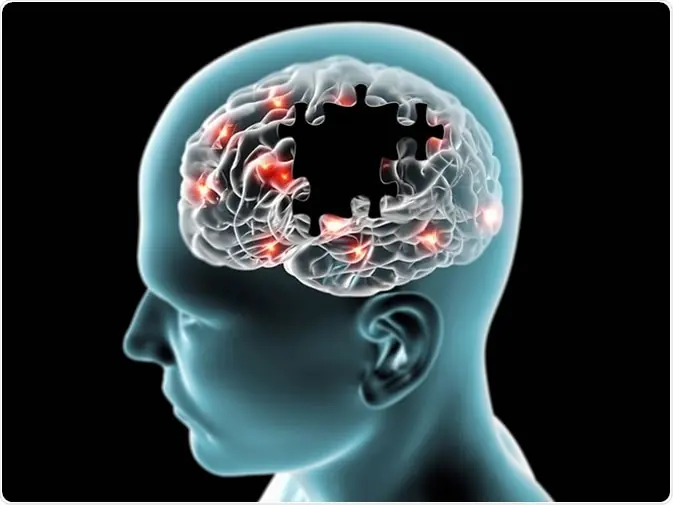
Groundbreaking Research: Reversing Memory Loss In Alzheimer’s Disease Without Removing Plaques

Rfk Jr. Raises Health Concerns Over 5G, Says It May Affect Brain Function And Cancer Risk

Eat Just 3 of These Daily and Watch What Happens to Your Body
. Their ability to benefit nearly every major system in the body - from the heart and liver to the brain and bones - makes them a powerful ally in maintaining health and vitality.

Blood Type O Diet: What to Eat and What to Avoid
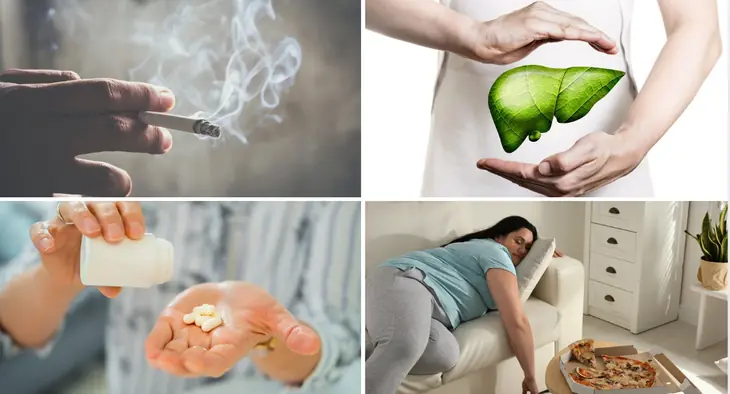
5 Everyday Habits That Are Slowly Destroying Your Liver (Without You Realizing It)
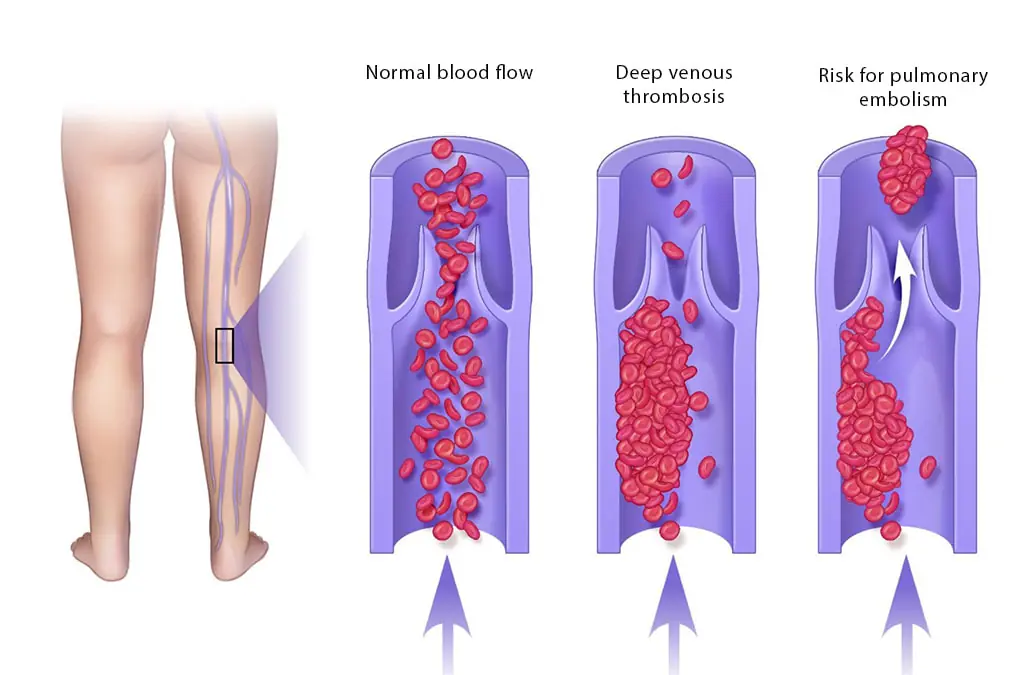
Blood Clot in Leg: Signs and Symptoms You Shouldn’t Ignore
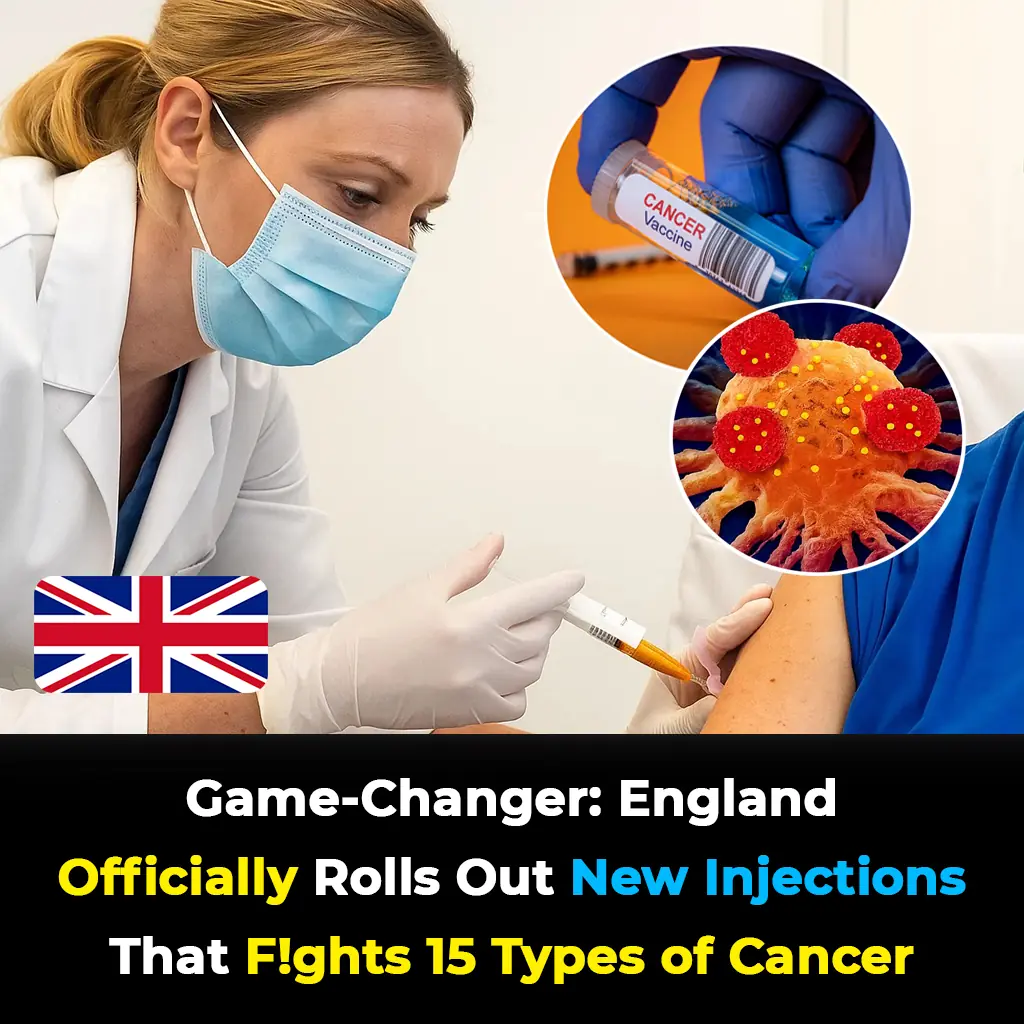
Game-Changer: England Officially Rolls Out New Injections That Fights 15 Types of Cancer
This shift to injectable immunotherapy is more than a procedural update - it symbolizes a larger vision for the future of cancer treatment.
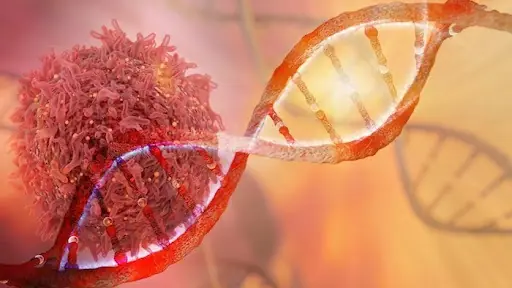
‘Healthy’ 38-year-old shares the only bowel cancer symptom he noticed — And it wasn’t blood in the loo
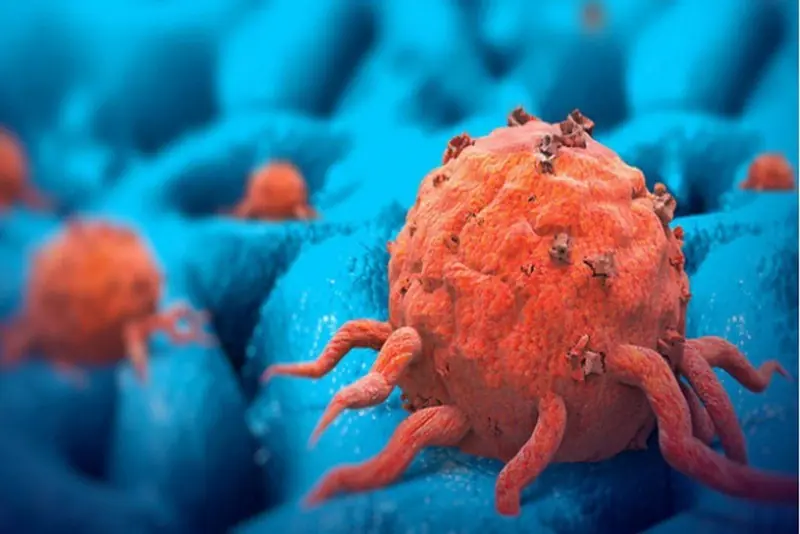
Young Dad Misses Key Cancer Symptom That Left Him Terrified

5 Things Doctors Say You Should Never Give Your Kids to Help Prevent Cancer

Indiana Boy, 8, Dies Hours After Contracting Rare Brain Infection At School

World-First Gene Therapy Restores Sight to Boy Born Blind

A Warning About The ‘Worst Thing’ That People Should Never Do When Awakening in the Night

Horrifying simulation shows life-threatening impact of drinking too much water and how it can lead to death
These simulations, tragic stories, and medical data remind us that moderation matters.

Cancer Breakthrough: Scientists Discover Protein That Puts Tumors to Sleep!
With promising results in preclinical trials and a growing understanding of the tumor microenvironment, type III collagen may become a key player in the fight against cancer - not by eradicating it, but by keeping it permanently asleep.
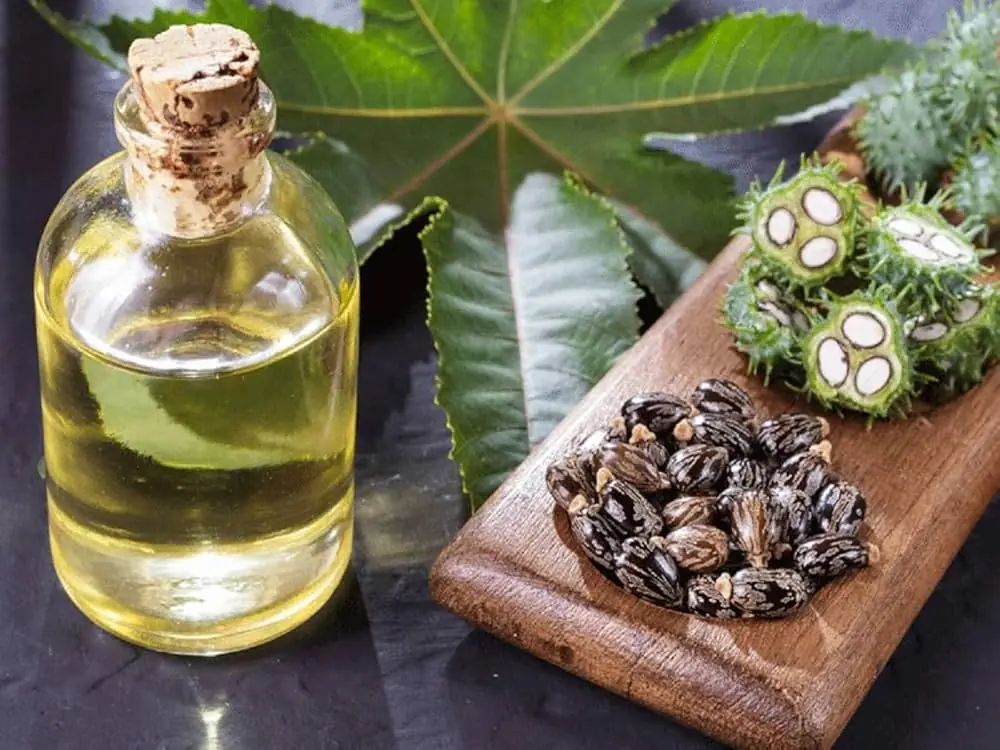
The Amazing Health Benefits and Uses of Castor Oil

Evidence-Based Health Benefits of Raw, Pure, Natural Honey + Turmeric Golden Honey Recipe
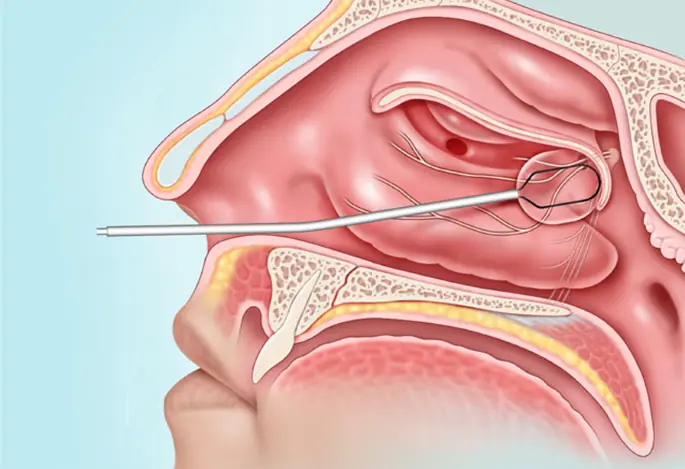
Home Remedies for Blocked and Stuffy Nose
News Post
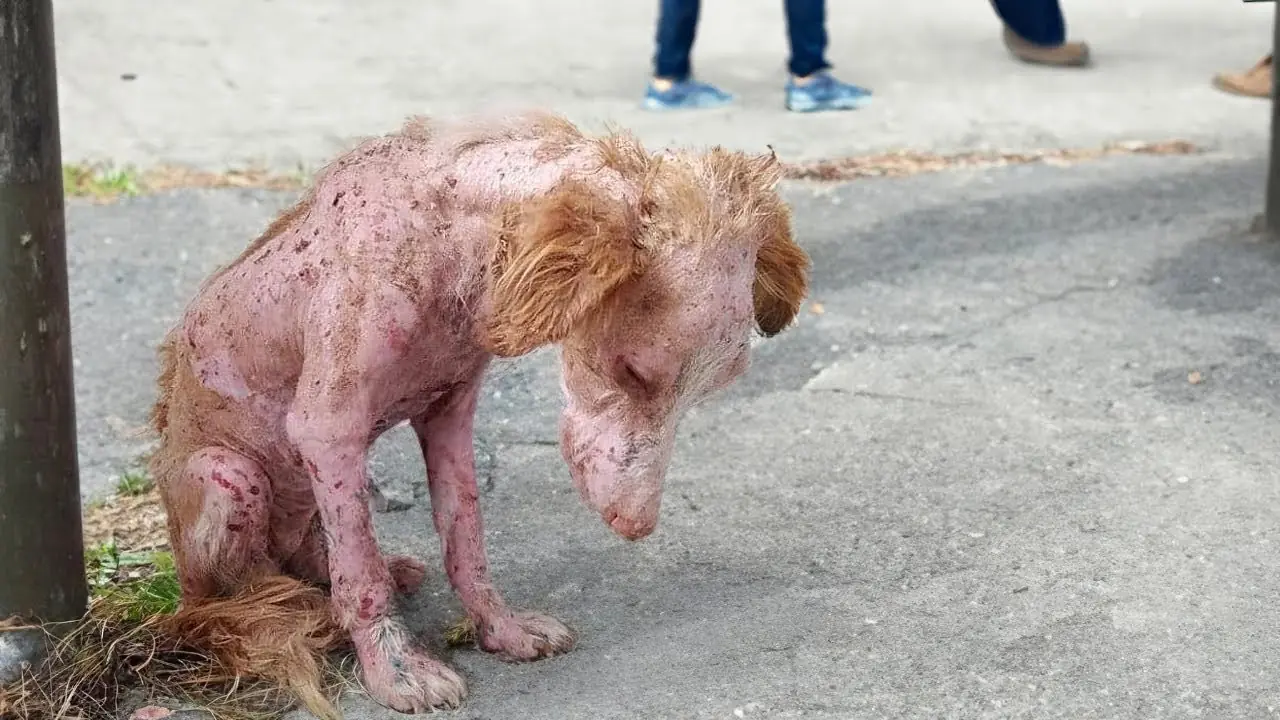
She held on, certain they would come back. Yet as days turned into weeks, her strength waned—until a fresh kind of love unexpectedly entered her life.
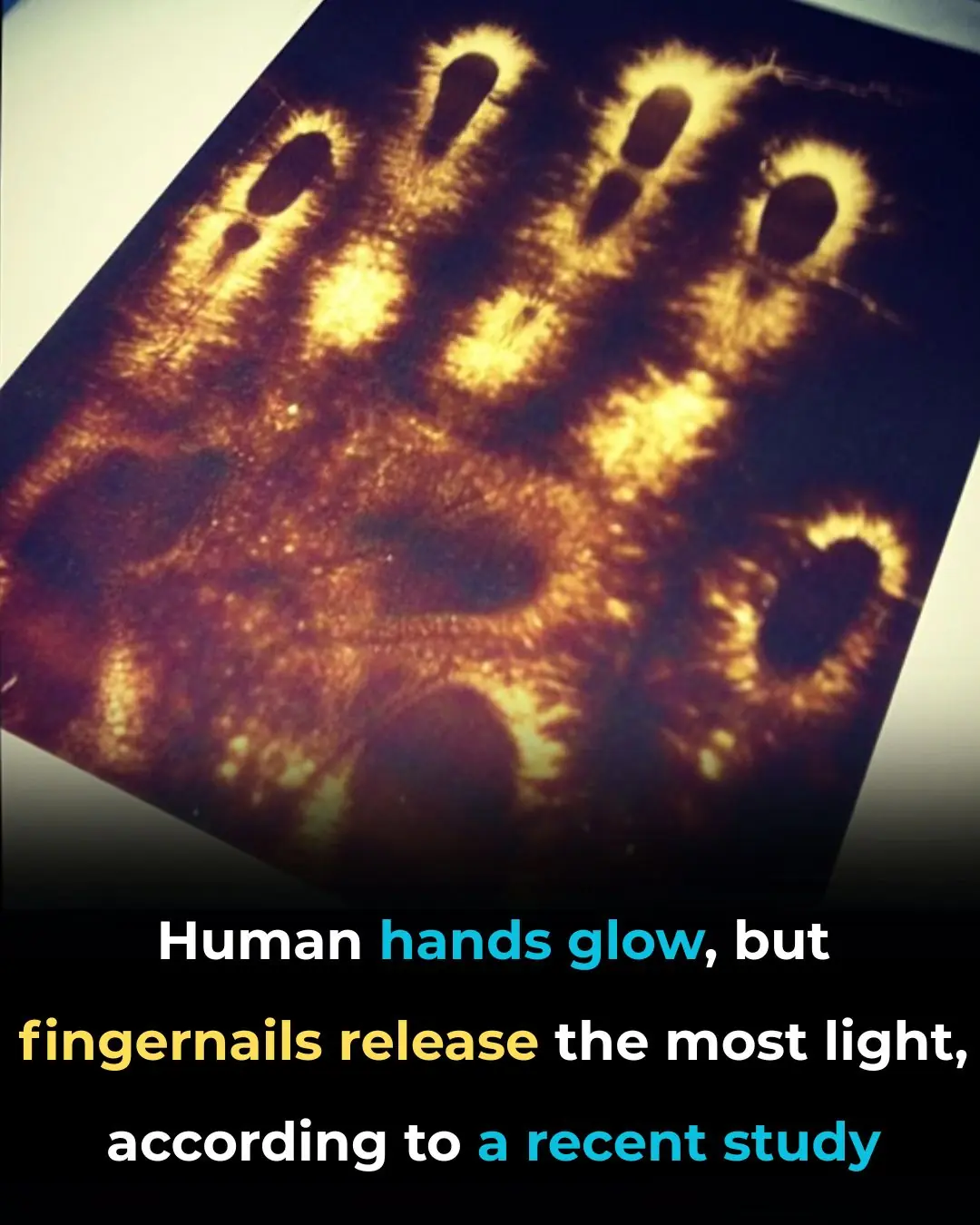
The Hidden Light In Your Hands That Shouldn’t Be Dimmed

Mosquitoes Rain From The Sky Over Hawaii—Scientists Explain Why

Doctor Shares 30-Second Hand Test That Could Reveal Hidden Brain Tumor

Nasa Tracks Plane-Sized Asteroid Speeding Toward Earth At 47,000 Mph

Groundbreaking Research: Reversing Memory Loss In Alzheimer’s Disease Without Removing Plaques

Rfk Jr. Raises Health Concerns Over 5G, Says It May Affect Brain Function And Cancer Risk

Two-Year-Old Boy Bites Cobra To Death After Snake Coils Around His Hands In India

Four Famous Psychics Warn World War III Could Begin By End Of 2025

Abandoned puppy was found in terrible shape — see his incredible transformation one year later in the comments 🥹

Eat Just 3 of These Daily and Watch What Happens to Your Body
. Their ability to benefit nearly every major system in the body - from the heart and liver to the brain and bones - makes them a powerful ally in maintaining health and vitality.

Psychic who suffered near-death experience reveals shocking truth about the afterlife
A psychic has detailed about afterlife after claiming to have experienced the feeling "dea@th" four times.

Blood Type O Diet: What to Eat and What to Avoid

5 Everyday Habits That Are Slowly Destroying Your Liver (Without You Realizing It)

Blood Clot in Leg: Signs and Symptoms You Shouldn’t Ignore

Real story behind Amelia Earhart and the Bermuda Triangle as scientists 'solve mystery' after 88 years

Airlines forced to cancel flights after 'Japanese Baba Vanga' predicts catastrophic disaster

8.7 magnitude earthquake off Russia: Japan experiences first tsunami, many countries issue warnings

After Seeing Her Husband's Photo with a Pregnant Stranger, Nadya Chose Silence – But What Happened Next Was Sh0cking
It was unthinkable! How could this be happening? Nadezhda thought, staring at a photograph of a young pregnant woman sitting on her husband’s lap, smiling, and clinging to him. Twenty-five years of marriage... and now this? Her heart tightened painfully

I Went Undercover as a Homeless Person to Test My Granddaughter's Fiancé – What I Found Was Beyond Sh0cking
I dressed in old, ragged clothes, hid my face beneath a weathered hat, and stood on the street like a beggar—just to see what kind of man my granddaughter was marrying. I thought I was prepared for anything, but what happened next left me speechless and